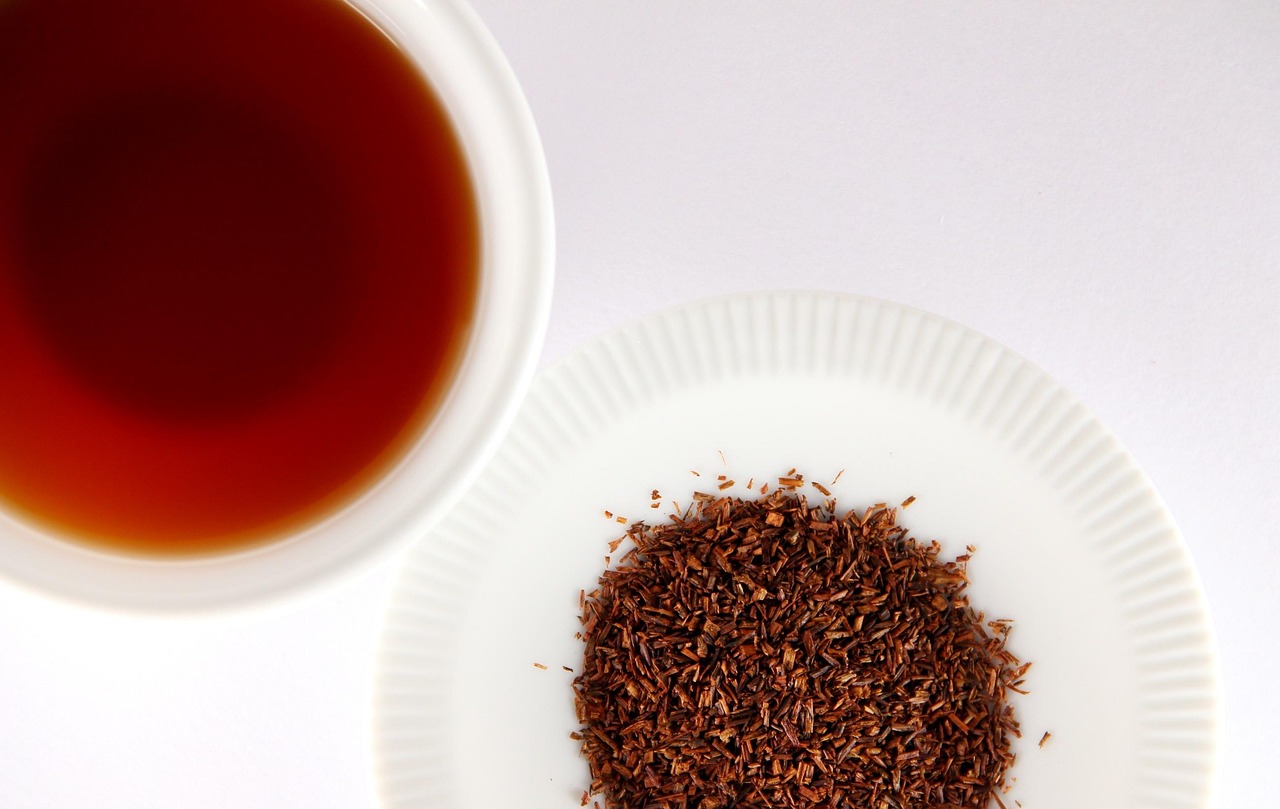Unraveling the Wellness Potential of Rooibos: A Journey Through Time and Science
Did you know that a humble South African plant could be a secret weapon in your wellness arsenal? Today, we're diving into the world of rooibos, a versatile herb that's been prized for centuries for its potential health benefits. Rooibos, also known as Aspalathus linearis, is a plant native to South Africa's mountainous Cederberg region. The indigenous Khoisan people have used rooibos in their traditional herbal medicine for hundreds of years, brewing it into a red, sweet, and slightly nutty tea.

It wasn’t until the 18th century that rooibos tea started to gain recognition among European settlers. Over time, this unique beverage has become a staple in South African households—and has started to garner attention worldwide.
Modern Science Meets Ancient Wisdom: Unveiling Rooibos’ Health Benefits
Modern scientific research is beginning to validate some of the traditional uses of rooibos. The plant is rich in antioxidants, bioactive compounds that combat harmful free radicals in the body. Studies suggest these antioxidants may benefit heart health, support a healthy immune system, and potentially protect against certain types of cancer.
Furthermore, rooibos is naturally caffeine-free, making it an excellent alternative to black or green tea for those sensitive to caffeine. Its low tannin content also means it won’t interfere with iron absorption, a common concern with many traditional teas.
Rooibos in Today’s Wellness Landscape
Despite its long history, rooibos remains a relatively under-explored gem in the wellness world. However, as more people seek out natural, plant-based health solutions, rooibos is poised for a resurgence.
This versatile herb is being incorporated into a variety of wellness products, from herbal teas to skincare products. Its potential benefits make it a promising addition to a holistic health routine.
Rooibos: A Matter of Balance and Moderation
Like any health practice, consuming rooibos should be approached with balance and moderation. While it’s generally considered safe for most people, those with liver or kidney disease, hormonal conditions, or who are pregnant or breastfeeding should consult their healthcare provider before adding rooibos to their diet.
Rooibos: A Snapshot of Fascinating Facts and Practical Tips
- Rooibos is sometimes called “red bush tea” due to its distinctive red color when brewed.
- It’s naturally sweet, reducing the need for added sugars or sweeteners.
- Rooibos can be enjoyed hot or cold, making it a versatile beverage for all seasons.
- Its antioxidant properties make it a popular ingredient in natural skincare products.
- To make rooibos tea, steep the leaves in boiling water for 5-10 minutes, then strain and enjoy.
Closing our exploration of this fascinating herb, it’s clear that rooibos offers a unique blend of history, science, and wellness potential. Whether enjoyed as a comforting cup of tea or incorporated into your skincare routine, rooibos brings a touch of South Africa’s rich botanical heritage into our modern wellness practices. Its story is a compelling reminder that sometimes, the most effective health solutions can be found in the simplest of nature’s gifts.




